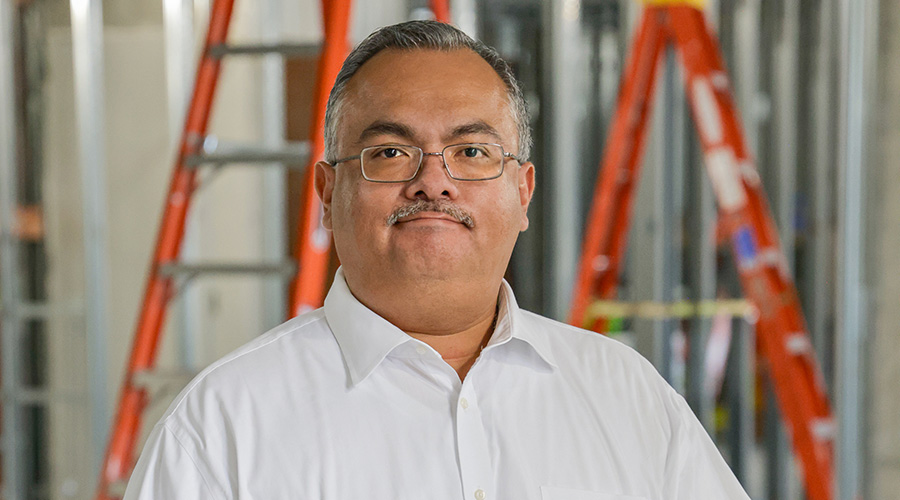Scientists Develop Alternative for Harvesting Daylight, Saving Energy
Scientists at Rensselaer Polytechnic Institute's Lighting Research Center (LRC) have developed an energy-saving device designed to harvest daylight automatically. The DaySwitch was designed as an alternative to traditional dimming ballast systems that adjust light levels by reducing the lamp current.
Scientists at Rensselaer Polytechnic Institute's Lighting Research Center (LRC) have developed an energy-saving device designed to harvest daylight automatically. The DaySwitch was designed as an alternative to traditional dimming ballast systems that adjust light levels by reducing the lamp current.
"The DaySwitch? is designed to build end-use efficiency by reducing light energy usage in commercial buildings and maintaining occupant satisfaction," says Peter Morante, director of energy programs at the LRC. "It is estimated that the DaySwitch? will be able to reduce lighting energy consumption by 30 percent in buildings with significant daylight contribution through windows or skylights, allowing for a payback period of approximately three years."
Typical dimming systems have several drawbacks, including high initial cost and difficult photosensor programming and installation. As a result, dimming systems have not permeated the market, according to Morante.
The DaySwitch development team, led by Morante and Richard Pysar, an electronic design engineer at the LRC, created a low-cost prototype to control individual light fixtures, unlike traditional systems where one sensor controls numerous lamps. Individual control provides flexibility for on/off control and simple installation.
The DaySwitch works with all conventional fluorescent ballasts. Because of its simple circuitry and on/off operation, the cost to produce the device is minimal and far less expensive than traditional daylighting control systems that utilize dimming ballasts, according to the LRC research team.
"The DaySwitch offers a low-cost option for harvesting daylight that is simple, accurate, and convenient to install," said Andrew Bierman, senior research scientist at the LRC. "By taking advantage of natural light and using systems like the DaySwitch?, we can significantly reduce energy consumption and the growing strain on the nation's power grid."
The United States Department of Energy estimates that lighting accounts for one-quarter of the total energy consumed by U.S. commercial businesses.
The DaySwitch? eliminates wasted or unwanted electric light by sensing when sufficient daylight is available to take the place of electric light, and then responds by turning off the fixture. When daylight decreases, the device turns the light back on.
A built-in microcontroller automatically calibrates the DaySwitch?, allowing for self-commissioning and easy installation and maintenance. The design also includes a light-to-frequency photodiode that, together with the microcontroller, provides accuracy over a wide range of light levels (1 to 12,000 lux).
According to the LRC research team, commercial customers can expect a two- to five-year payback in retrofit applications and a one- to three-year payback when the DaySwitch? is built into fixtures installed in new construction.
Related Topics:











